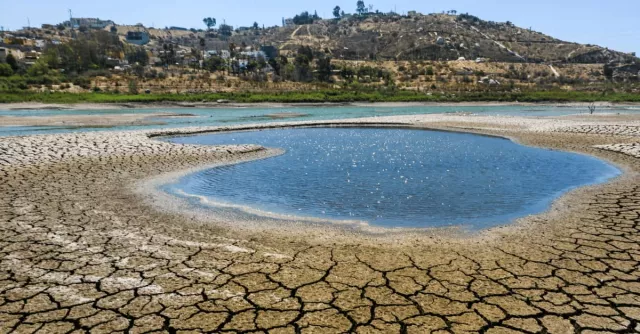FEMA Allocates $150M for Hazard Mitigation Support

As such, it is unsurprising that the agency has made a second funding opportunity available through its Safeguarding Tomorrow Revolving Loan Fund (RLF) — and it’s a substantial one. In fact, at $150 million, it is triple the amount previously expected to be available through this round of funding.
What is Safeguarding Tomorrow?
The Safeguarding Tomorrow RLF program is authorized under Section 205 of the Robert T. Stafford Disaster Relief and Emergency Assistance Act and funded by the Bipartisan Infrastructure Law. It is the first Hazard Mitigation Assistance program to provide capitalization grants to eligible entities for revolving loan funds. Eligible entities include any state in the U.S., territories, the District of Columbia, and federally recognized tribal nations having received a major disaster declaration.
The program intends to provide an opportunity for these entities to make low-interest loans to local governments most in need of financial assistance, including low-income geographic areas and underserved communities. Funds are offered to support transformational projects that reduce risk to multiple hazards, support adaptation to future conditions, and equitably reduce the impact of all disasters nationwide. This includes those fueled by the intensifying effects of climate change.
Interestingly, the Safeguarding Tomorrow RLF is the only FEMA grant program under which extreme heat is explicitly eligible. According to the agency, the program allows applicants to use loan funds for projects or activities that reduce the impacts of drought and prolonged intense heat. Further, FEMA will not require applicants to submit a benefit-cost analysis (BCA) for projects.
However, it is important to note that the agency will not select projects or award loans. Its goal is to remove barriers and increase equitable access to this funding source to achieve even more mitigation projects locally, thereby increasing the nation’s resilience to natural hazards and climate change.
Requirements for project funding through the revolving loans include:
- Increasing the resilience of major economic sectors or critical national infrastructure and reducing the risk of harm to natural and built infrastructure.
- Involving a partnership between two or more eligible entities.
- Account for the regional impacts of hazards.
Eligible project types under this program include activities that mitigate the impact of natural hazards, zoning and land use planning changes, and adoption and enforcement of modern building codes, among others. Local government may also use loans to satisfy the non-federal cost-share requirements for other FEMA grant programs.
How to Apply
The funding notice pertaining to the Safeguarding Tomorrow RLF is available online at Grants.gov. Eligible entities must apply for funding using the Non-Disaster (N.D.) Grants Management System (N.D. Grants). The application period opens on February 1, 2024. Applications must be received by 3 p.m. ET, April 30, 2024.
Given the tripled amount of funds available for the second round of this RLF and the importance of hazard mitigation, don’t let this opportunity pass you by. The low-interest funds your state, local, tribal, or territorial government (SLTT) secures now will go a long way toward “safeguarding it tomorrow.” As proclaimed by FEMA, make 2024 your SLTT government’s Year of Resilience.
Preparis for Government can Help Public Sector Planning
Implementing Preparis continuity software is a strategic move for enhancing Hazard Mitigation Plans (HMP), Continuity of Operations (COOP), and Emergency Operations Plans (EOP). With its robust features, Preparis equips organizations to efficiently navigate FEMA's funding opportunities, ensuring seamless execution of mitigation projects. From streamlining communication in emergencies to facilitating the creation and maintenance of comprehensive plans, Preparis empowers entities to leverage the increased funding available in 2024. Make the most out of the "Year of Resilience" by integrating Preparis into your framework, safeguarding your organization's future against natural hazards and unforeseen disruptions.


